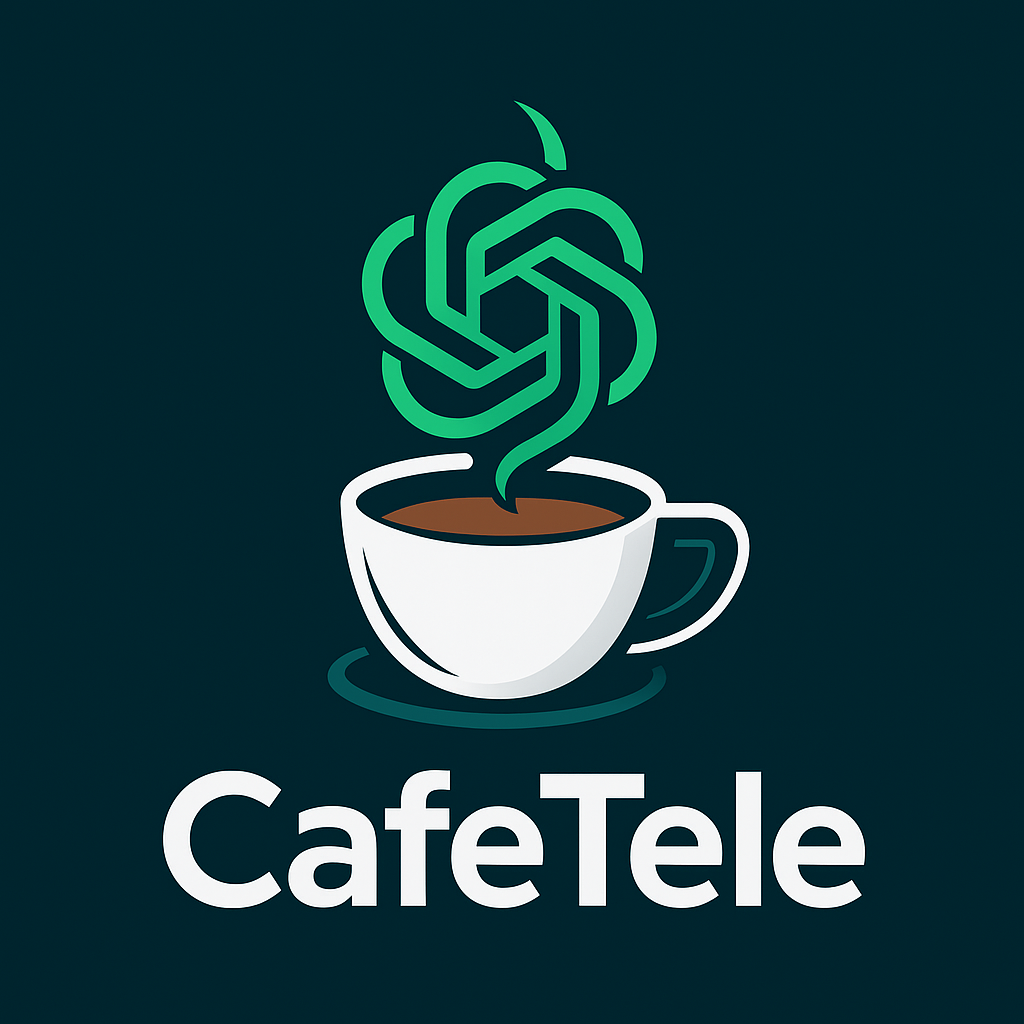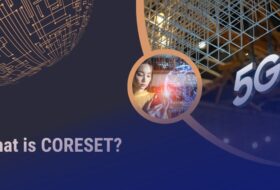1. Beamforming in 5G NR
Beamforming is a signal processing technique that shapes the radiation pattern of antennas to direct energy toward specific users or locations. This improves signal strength, reduces interference, and optimizes spectrum usage.
Theoretical Basis
Beamforming capitalizes on the principle of constructive and destructive interference:
- By adjusting the phase and amplitude of signals emitted from multiple antennas, energy can be focused in desired directions (constructive interference) while suppressing it elsewhere (destructive interference).
- This is achieved using phased antenna arrays, where each antenna element is controlled to achieve the desired radiation pattern.
Types of Beamforming
- Analog Beamforming:
- Operates at the RF stage using phase shifters.
- Benefits: Energy-efficient, suitable for single-beam operation.
- Limitation: Supports only one direction at a time.
- Digital Beamforming:
- Operates at the baseband level and allows for the creation of multiple beams.
- Benefits: Supports multi-user scenarios, adapts dynamically to traffic.
- Limitation: Requires significant computational resources.


- Beam Sweeping: Base stations scan predefined directions to identify optimal beams.
- Beam Refinement: Adjusts beam parameters for maximum signal-to-noise ratio (SNR).
- Beam Recovery: Ensures seamless connectivity during user mobility.
Use in mmWave Frequencies (3GPP TS 38.101-2)
- In mmWave bands, beamforming compensates for high path loss by focusing energy into narrow beams.
- It enables applications like enhanced Mobile Broadband (eMBB) in urban environments, where obstructions like buildings cause severe signal degradation.
2. Massive MIMO in 5G NR
Massive MIMO extends traditional MIMO by deploying a large number of antenna elements, enabling simultaneous transmission and reception of multiple data streams. This enhances network capacity, spectral efficiency, and reliability.
Theoretical Framework
- Spatial Multiplexing:
- Each antenna pair communicates with a distinct user, allowing multiple data streams to be transmitted simultaneously on the same frequency.
- Benefits: Significant improvement in spectral efficiency and capacity.
- Precoding:
- Adjusts the signal phase and amplitude for each antenna to optimize transmission.
- Types:
- Zero-Forcing Precoding: Cancels inter-user interference by making signal paths orthogonal.
- MMSE Precoding: Balances interference suppression with noise minimization.
- Channel State Information (CSI):
- Accurate CSI is crucial for optimizing massive MIMO performance.
- UEs provide CSI via Sounding Reference Signals (SRS) (3GPP TS 38.212) for uplink and Demodulation Reference Signals (DMRS) for downlink.
Integration with Beamforming
Massive MIMO works in tandem with digital beamforming to dynamically steer beams toward multiple users, adapting to real-time mobility and traffic patterns.
3. Network Slicing in 5G NR
Network slicing enables the partitioning of a single physical network into multiple virtual networks, each optimized for specific use cases, such as enhanced Mobile Broadband (eMBB), ultra-reliable low-latency communication (URLLC), or massive Machine-Type Communication (mMTC).
Theoretical Underpinnings
- Virtualization:
- Network slicing relies on Software-Defined Networking (SDN) and Network Functions Virtualization (NFV) to create logical networks.
- Each slice has dedicated resources and operates independently.
- QoS Differentiation (3GPP TS 23.501):
- 5G NR defines QoS Flow Identifiers (QFI) to ensure each slice meets specific latency, throughput, and reliability requirements.
- For example:
- eMBB slice prioritizes high throughput for streaming and AR/VR applications.
- URLLC slice focuses on ultra-low latency for critical applications like remote surgery.
- mMTC slice supports massive IoT devices with low power and bandwidth requirements.
- Security and Isolation:
- Slices are isolated from each other to prevent cross-slice interference.
- End-to-End Encryption: Protects data integrity within each slice, as defined in 3GPP TS 33.501.
Challenges and Optimization
Despite their benefits, integrating beamforming, massive MIMO, and network slicing poses significant challenges:
- Complexity in Synchronization:
- Real-time synchronization between antenna arrays and beamforming systems is critical.
- High Computational Demands:
- Beamforming and MIMO precoding require advanced processing units to handle CSI updates and matrix calculations.
- Deployment Costs:
- Massive MIMO hardware and network slicing orchestration tools are expensive.
- Interoperability:
- Ensuring vendor compatibility across devices and infrastructure remains challenging.
Conclusion
Beamforming, massive MIMO, and network slicing are transformative technologies defined by 3GPP standards that enable 5G NR to meet its ambitious performance goals. By integrating these technologies, 5G delivers unparalleled capacity, efficiency, and flexibility, paving the way for innovative applications across industries. While challenges in cost, complexity, and standardization persist, ongoing research and development are driving optimization, ensuring that 5G NR remains a cornerstone of the modern wireless ecosystem.
Knowledge of eMBB, URLCC, MMTC.
5G RAN ARCHITECTURE, NR NSA mobility, Massive Mimo, Beamforming, 5G Frame structure, Ultra lean design, 5G QOS compare with LTE, Ericsson & Huawei RAN system for 5G. 5G planning Knowledge.
RF Planning & Optimization in LTE & VOLTE Network
Planning new LTE Macro & IBS sites.
• Cluster-based RF optimization
• Preparation of CDD for LTE network. PCI & RSN planning.
• Analysis of LTE Radio KPIs, investigation, and improvement of network quality problems.
• Implementation of new features and tuning LTE radio network parameters.
• LTE Cell planning, coverage predictions, traffic dimensioning, interference analysis, optimization of the Radio Access Networks in accordance with TRA.
• Forecasts and studies to determine future Radio Base Station and network capacity needs.
• Optimisation of newly integrated LTE sites and expansions, and focus areas.
• Technical investigations of the LTE Radio Access Network; accessibility, capacity and retain ability studies.
• Getting LTE Sites accepted from the customer RF planning team.
You Might Also Like







